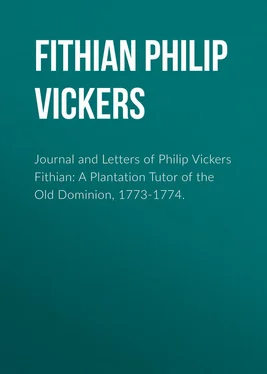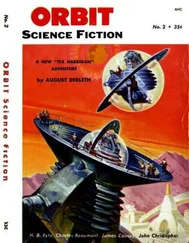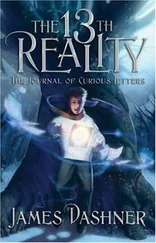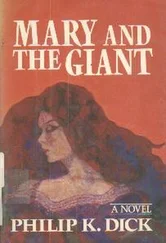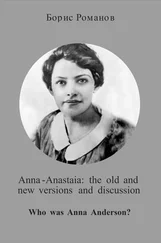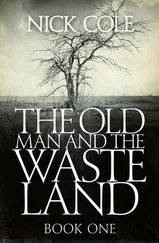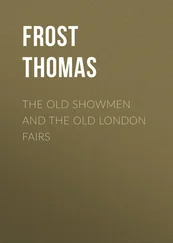"County-dances" were English dances of rural or native origin, especially those in which an indefinite number of couples stood face to face in two long lines. Country dances had been popular on greens and at fairs in England long before they were introduced into polite society. When the country dance was imported into France the name became contre-dance , and it has been erroneously assumed that "country-dance" is a corruption of the French term.
Goodlet was apparently a tutor in the Fauntleroy family of "The Cliffs."
Philip Ludwell Lee (1727-1775) was the eldest son of Thomas Lee, who had served as president of the Council. He had inherited his father's manor plantation, "Stratford," on the Potomac River in Westmoreland County. Like Robert Carter, Philip Ludwell Lee was now a member of the Council.
Probably Elizabeth Lee, daughter of John Lee of Essex County, a nephew of Thomas Lee of "Stratford."
Matilda Lee was the daughter of Philip Ludwell Lee of "Stratford." She later married "Light Horse Harry" Lee.
One Joseph Lane was a prominent planter in Westmoreland County at this time.
This song occurs in an opera, Artaxerxes , by Thomas Augustine Arne, which was first performed in London in 1762. The libretto of Arne was an adaptation of an Italian drama, Artaserse , by Metastasio (Pietro Antonia Domenico Bonaventura). Metastasio was born in 1698 and died in 1782.
Dr. Walter Jones of "Hayfield" in Lancaster County, was known as "the luminary of the Northern Neck." He was the son of Colonel Thomas Jones, a planter-businessman of Williamsburg and Hanover County. His mother, Elizabeth Cocke, was a niece of Mark Catesby, the well-known English naturalist. Dr. Jones had been educated at the College of William and Mary and he studied medicine at the University of Edinburgh. At the former institution he became a fast friend of Thomas Jefferson and of Bathurst Skelton, whose widow Jefferson later married. Jones achieved distinction both in the field of medicine and in politics. In 1777 he was appointed physician-general of the Middle Department, but declined the office, which was later filled by Dr. Benjamin Rush of Philadelphia. Jones was made a member of the American Philosophical Society in 1774. He served as a member of Congress for a number of years. Dr. Jones' wife was Alice Flood, the daughter of William Flood, the well-known physician and turfman of Richmond County.
The custom of firing powder during the Christmas season is one that persists in the South today in various forms.
John Lowe (1750-1798), a Scotsman, was the tutor of the children of Colonel John Augustine Washington, a brother of George Washington, at this period. John Augustine Washington's manor plantation, "Bushfield," was located on the Potomac River in Westmoreland County, a short distance from "Nomini Hall" and "Hickory Hill." Lowe was the author of a number of ballads which are still popular in Scotland today. After serving for some time as a tutor and conducting an academy at Fredericksburg, he was ordained an Anglican clergyman, and appears to have served as minister in both St. George's and Hanover Parishes. An unhappy marriage is believed to have led to a dissipation which resulted in his early death. Cf. Meade, Old Churches, Ministers and Families of Virginia , Vol. II, p. 185; Virginia Magazine of History , Vol. 29 (January 1921), pp. 102-105.
Dr. Henry Francks of Westmoreland County.
Dr. Moore Fauntleroy (1743-1802) was the son of William Fauntleroy of Naylor's Hole in Richmond County. Fauntleroy, who had studied medicine in Aberdeen and Edinburgh, practiced in Essex County after his return to Virginia in 1770.
Richard Lee of "Lee Hall."
